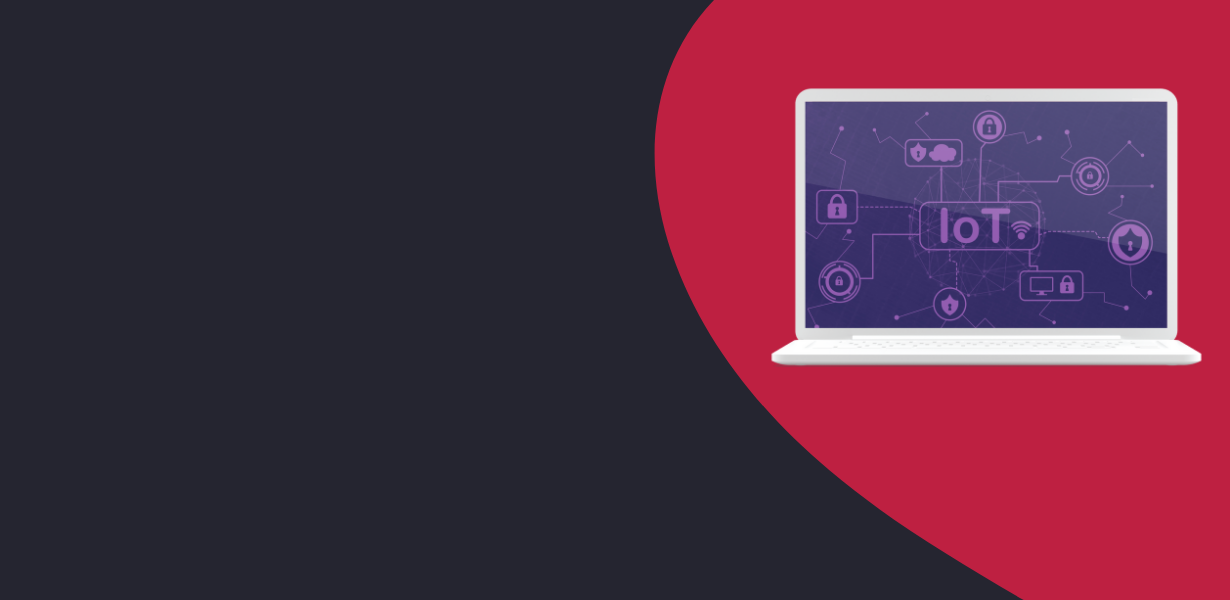Home / Blog / Insights / IoT Basics & 3 Phases of Effective IoT Strategy

•
IoT Basics & 3 Phases of Effective IoT Strategy
What Is The Meaning Of IoT?
IoT stands for “Internet of Things” which is a large network of physical objects (or things) that collect and share data through the internet. A simple enough idea that explodes in strategy when you think of possibilities and intelligence available when ‘things’ are identifiable from anywhere and connected to serve your business.
Is IoT Possible For Your Business?
Yes – by leveraging cloud infrastructure – any business can digitally connect, monitor, and manage any asset. An application like Microsoft’s Azure IoT allows for reliable and secure data exchanges between your ‘things’. With real-time data exchanges, you can understand the state of your assets, gain powerful insights, and be more in control of your business. The opportunities for transformation explode when IoT is paired with other automation services, like Microsoft’s Artificial Intelligence, Machine Learning, or RPA services.
How Can You Implement An Effective IoT Strategy?
IoT is quickly becoming the most important business revolution of the digital age, with its implications being felt across all industries worldwide. However, unlocking the true potential of IoT requires a clear roadmap. This technology roadmap requires specific objectives, but also a solid front-end and back-end infrastructure that’s capable of making sense of the data obtained. It’s for this reason that businesses sometimes struggle when implementing a successful IoT strategy and fail to reach the desired return-on-investment (ROI).
Implementing an IoT strategy is not as simple as plug-and-play. To help you, we’ve supplied you with the 3 phases of an effective IoT strategy that Microsoft has defined. There are specific tools and actions all businesses need to execute to ensure favorable outcomes.
Phase 1: Connect Your Devices
- Not the easiest of phases, but the magic doesn’t start if ‘things’ aren’t connected or if you don’t have the right environment to collect, control, and monitor your ‘things’.
Phase 2: Analyze Data to Obtain Insights
- Your connected and gathering data…but what is it telling you? This next phase is about understanding the data and turning it into actionable insights for your business.
Phase 3: Act On Insights with Automation
- This phase is where the magic really happens. With connected devices and an intimate understanding of your data you will start to create automation and workflows that add intuitive features that take your business to the next level.
Check out this helpful INFOGRAPHIC from Microsoft to help you get a deeper understanding of the 3 Phases of effecitve IoT strategy.
Where to Start?
A technology transformation like this is an effort that often needs more expertise than what you have on your existing team. This is where a team like ours, at Convverge, is able to support and offer a range of consulting services and help your team grow their skillsets. From technology strategy development and roadmaps to integrating IoT and cloud applications to making sense of the data and bringing automation into your business – Convverge is a Microsoft consulting partner that is ready to support your vision. If our Microsoft IT consultants might be of help to you, please contact us.
More IoT Insights from Convverge:
- Get Started with Microsoft Azure Internet of Things (IoT)
- The Perfect Balance between Productivity, Security and Mobility


